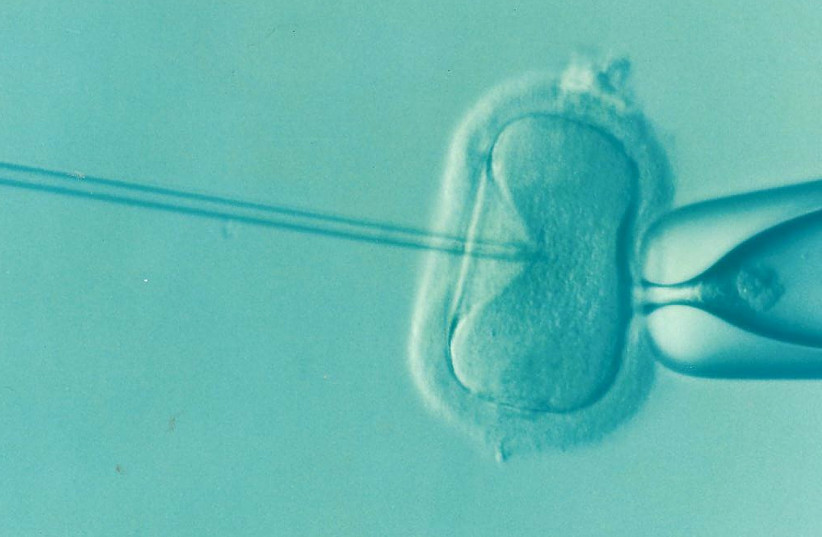Success rates for in-vitro fertilization vary according to the skills of the doctor and the age of the woman. In general, for women younger than 35, the rate of live births per egg retrieval is about half. For women ages 35 to 37, the success rate is two-fifths, while for those aged between 38 to 40, it falls to about a quarter.
Each attempt is physically and emotionally painful and costly for the health system.
Now, a research group led by researchers from Ben-Gurion University of the Negev’s Faculty of Health Sciences and School of Public Health has created an artificial intelligence algorithm that can help improve the chance of pregnancy in IVF by automatically analyzing embryos to help choose the best candidate. The university adapted it to the need for picking the best embryos. The Fairtility company wrote the algorithm which is used for a variety of uses.
MD candidate Yael Fruchter-Goldmeier led the team, with collaboration by the obstetrics and gynecology department and School of Public Health at Jerusalem Hadassah-University Medical Center, the Hebrew University Faculty of Medicine, Soroka-University Medical Center, the Rabin Medical Center-Beilinson Campus, and Tel Aviv University’s Faculty of Medicine. It was published in the journal Scientific Reports under the title “An artificial intelligence algorithm for automated blastocyst morphometric parameters demonstrates a positive association with implantation potential.”
Helping boost the chances of pregnancy via IVF
Choosing a blastocyst – the early stage of an embryo, five to six days after fertilization – is mostly based on subjective grading and time-consuming techniques. But AI allows for objective and quick blastocyst selection. In this study, 608 blastocysts were selected for transfer. Multivariable regression analysis, adjusted for the woman’s age, found blastocyst size to be significantly associated with implantation potential.

The odds of implantation increased by 1.74 for embryos with a blastocyst size greater than the average. The study concluded that the larger the blastocyst’s size, the greater the potential for its successful implantation in the womb. This makes it a precise, consistent, objective, and time-saving tool for improving blastocyst selection, the team wrote.
Since the birth of Louise Brown, the first baby born from IVF methods, the pregnancy rate through IVF has steadily increased. The optimization of embryo-culture conditions has also contributed to this increase in implantation rate.
The team also found that delaying embryo transfer to the blastocyst stage seems to improve uterine and embryonic synchronicity, resulting in greater success rates.
The overall mean age of patients in this study was 33.5 years (19 to 45 years) While blastocyst size had a significant positive effect on implantation, the woman’s age had a significant negative association with the odds of implantation.
It was the first study of its kind to date to automatically measure blastocyst morphometric parameters without time-consuming manual annotation. The study population included embryos collected from three different Israeli IVF centers, each using the same time-lapse system and culture conditions. Therefore, the results of the present study can be more widely applied to other centers using the same conditions, they wrote.
